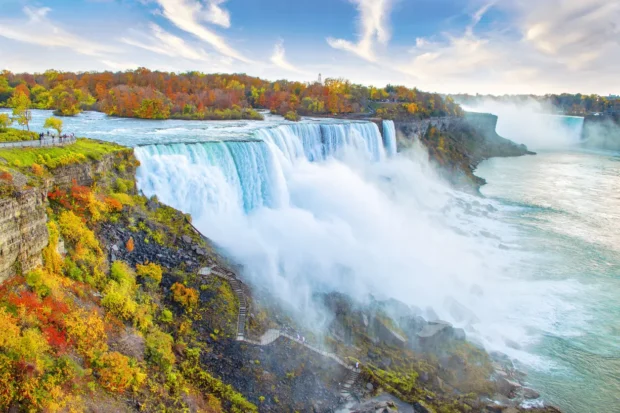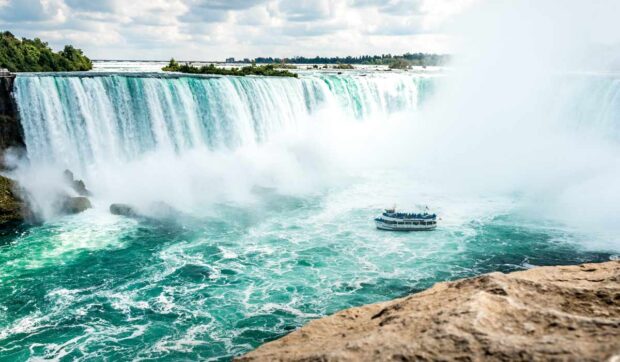Niagara Falls, a breathtaking natural wonder, straddles the border between the United States and Canada, offering a spectacular display of nature’s power. Deciding when to visit can greatly impact your experience, from the cascading waters to the surrounding attractions. This post provides expert advice on the best time to plan your trip, ensuring you get the most out of your visit to Niagara Falls.
Peak Season: June to August
The peak season for visiting Niagara Falls is during the summer months, from June to August. This period promises warm weather and full operational status for all attractions, making it an ideal time for tourists.
Summer at Niagara Falls offers comfortable temperatures, ranging from the high 70s to mid-80s Fahrenheit (25-30°C), allowing for pleasant exploration of the area. However, this is also when the falls are at their busiest, with tourists flocking from all corners of the globe. Expect longer wait times for attractions and crowded viewing spots.
The summer season is bustling with activities and events at Niagara Falls. From fireworks over the falls to boat tours like the Maid of the Mist, there’s no shortage of ways to experience the majesty of the cascading waters. Outdoor concerts and festivals, along with Walk Niagara Tours Niagara Falls Tours, add to the lively atmosphere, making summer a festive time to visit.
Off-Peak Season: November to April

For those seeking a quieter visit, the off-peak season from November to April offers a unique perspective of Niagara Falls. While the colder weather deters many tourists, the falls take on a magical quality, with ice formations and snow-covered landscapes.
Winter at Niagara Falls can be harsh, with temperatures often dropping below freezing. While this transforms the falls into a winter wonderland, some attractions may be closed or have limited hours. It’s essential to check the availability of desired activities in advance.
Visiting during the off-peak season can be more cost-effective, with lower prices for accommodations and attractions. The reduced number of visitors also means more tranquil viewing experiences and shorter lines, allowing for a more intimate encounter with the falls.
Shoulder Seasons: September to October and April to May
The shoulder seasons of spring and autumn provide a balance between the peak and off-peak periods. These months offer milder weather and fewer crowds, making them an excellent choice for those looking to avoid the extremes of summer and winter.
Fall brings stunning foliage to the Niagara region, adding a colorful backdrop to the already spectacular falls. Spring, on the other hand, rejuvenates the area with blooming flowers and lush greenery, enhancing the natural beauty of the landscapes.

Conclusion
In conclusion, the best time to visit Niagara Falls depends on what you’re looking for. Summer offers the full experience with warm weather and numerous activities, while the off-peak season promises a quieter, more budget-friendly trip with unique winter views. The shoulder seasons strike a balance, offering moderate weather, fewer crowds, and the natural beauty of changing seasons. No matter when you choose to go, Niagara Falls is sure to offer an unforgettable experience.
